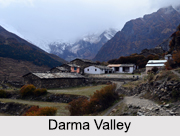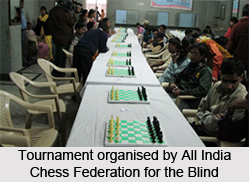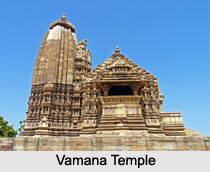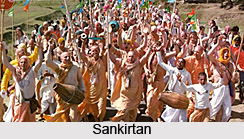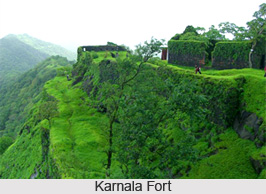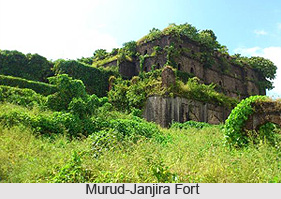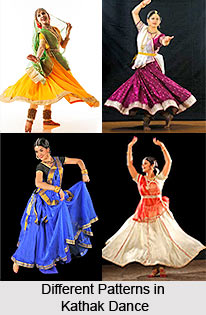 History of Indian Drama has originated and developed from storehouse of Sanskrit in India. Indian drama has given its incredible impact and limit to perfection since ancient times. Drama is basically a form of performing arts, where stories are enacted by the utilisation of dialogue, music, signal and dance. Traditional Indian drama, which is highly influenced by the Hindu religion, was developed by local artists and performers and is not a replication of western influx. Bharata is traditionally considered to be the father in the history of Indian drama. The history of Indian Drama is deeply rooted in Classical Sanskrit Theatre, which is the earliest existing form of drama and theatre.
History of Indian Drama has originated and developed from storehouse of Sanskrit in India. Indian drama has given its incredible impact and limit to perfection since ancient times. Drama is basically a form of performing arts, where stories are enacted by the utilisation of dialogue, music, signal and dance. Traditional Indian drama, which is highly influenced by the Hindu religion, was developed by local artists and performers and is not a replication of western influx. Bharata is traditionally considered to be the father in the history of Indian drama. The history of Indian Drama is deeply rooted in Classical Sanskrit Theatre, which is the earliest existing form of drama and theatre.Ancient Indian Drama
History of Indian drama dates back to the ancient Vedic period. It then moves on to the classical theatre traditions, also influencing modern theatre, particularly the Hindi, Marathi and Bengali theatres down the line. Looking back towards the bygone historical path, the beginning of the ancient dramas owes to the Rig Veda for its monumental source material, together with Pururava, Urvashi, Yama and Yami, Indra-Indrani, Sarma-Pani and Ushas Suktas. Even the epics of Ramayana, Mahabharata and Arthashastra are instilled with specific techniques of dramaturgy. Sages like Valmiki and Vyas and Panini also had shed decisive light and Patanjali had heartily contributed in his Mahabhashya that there existed two dramas, namely, Kamsa Vadha and Vali Vadha. As such, the origin of dramas from the early Vedic Age is considered to be the most authentic and authoritative amongst all the later creations.
For more, visit the link below:


